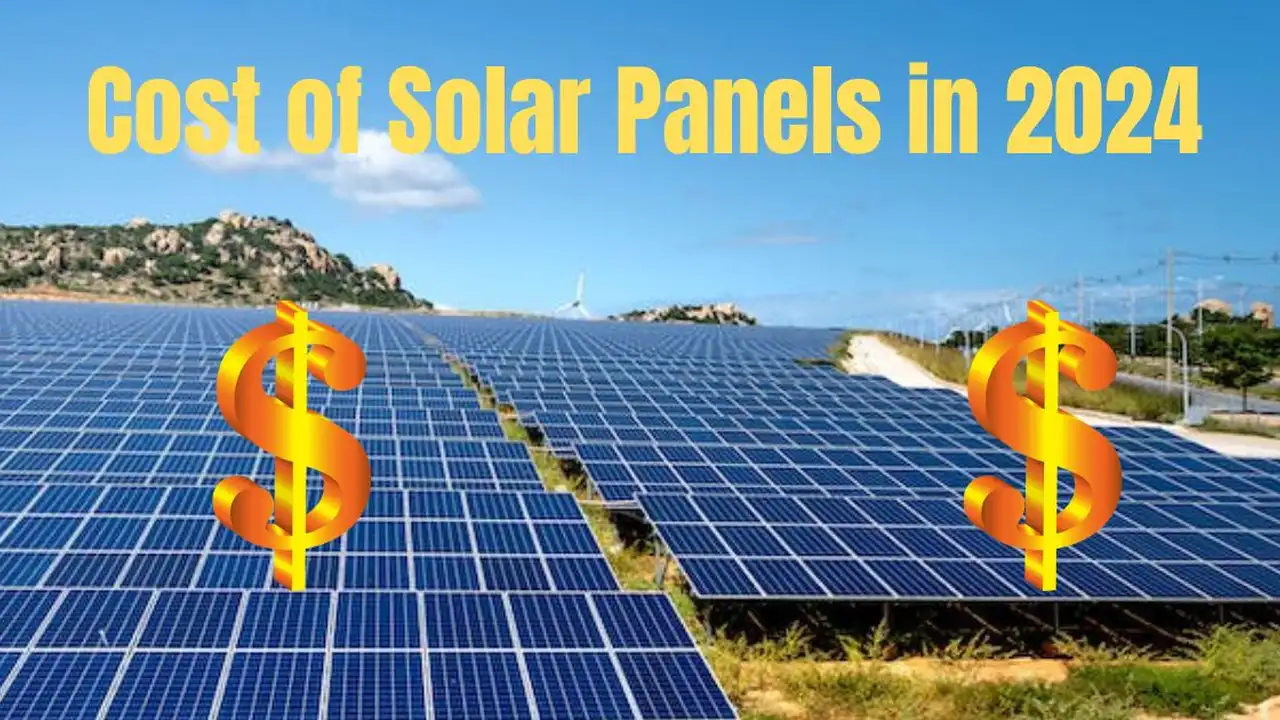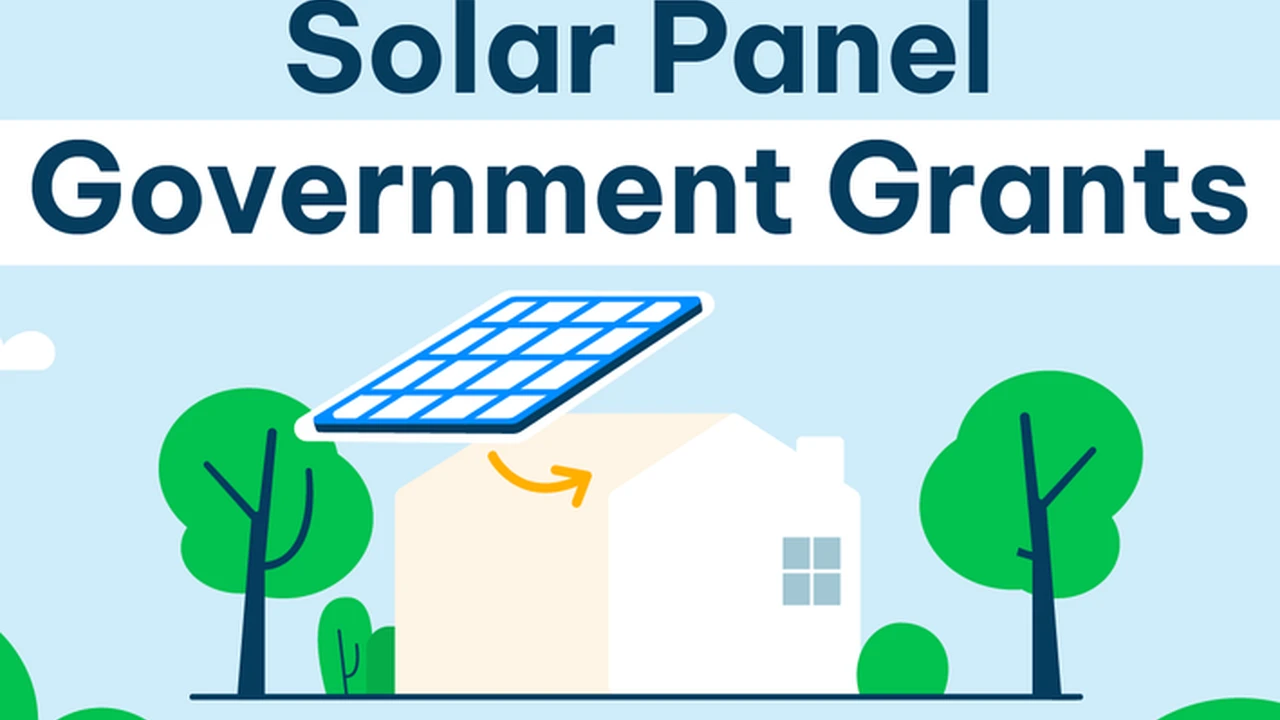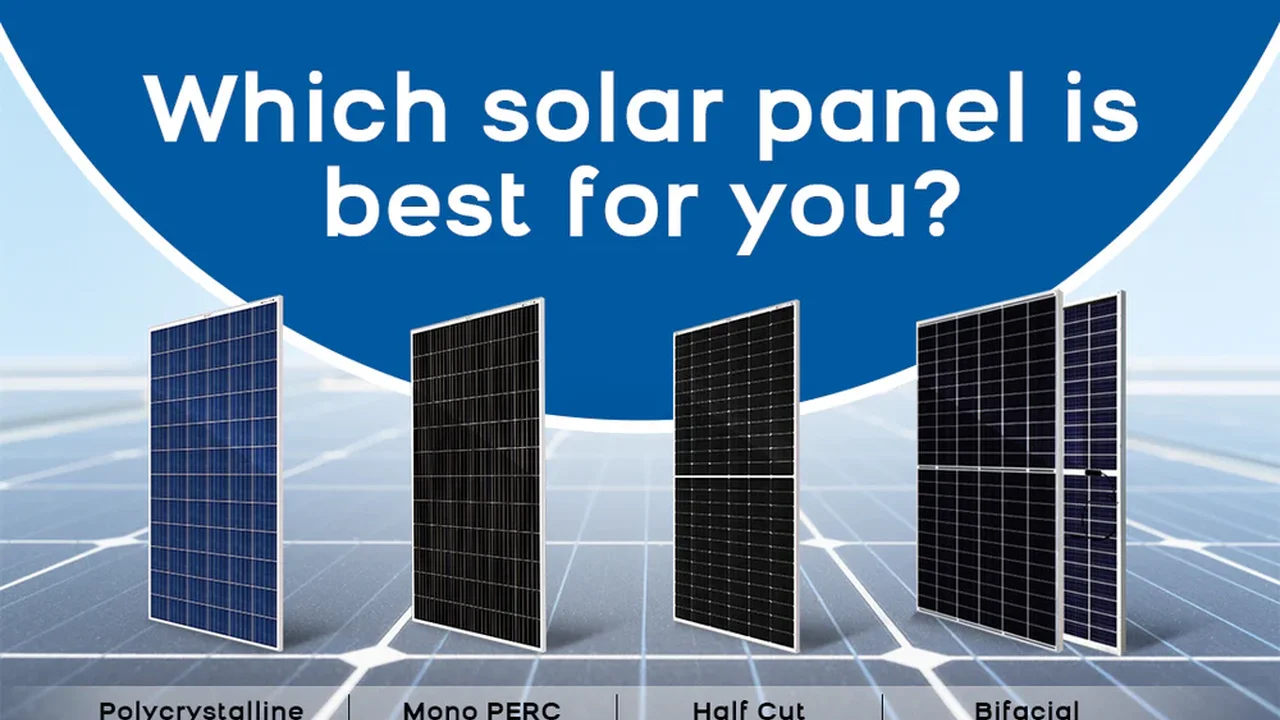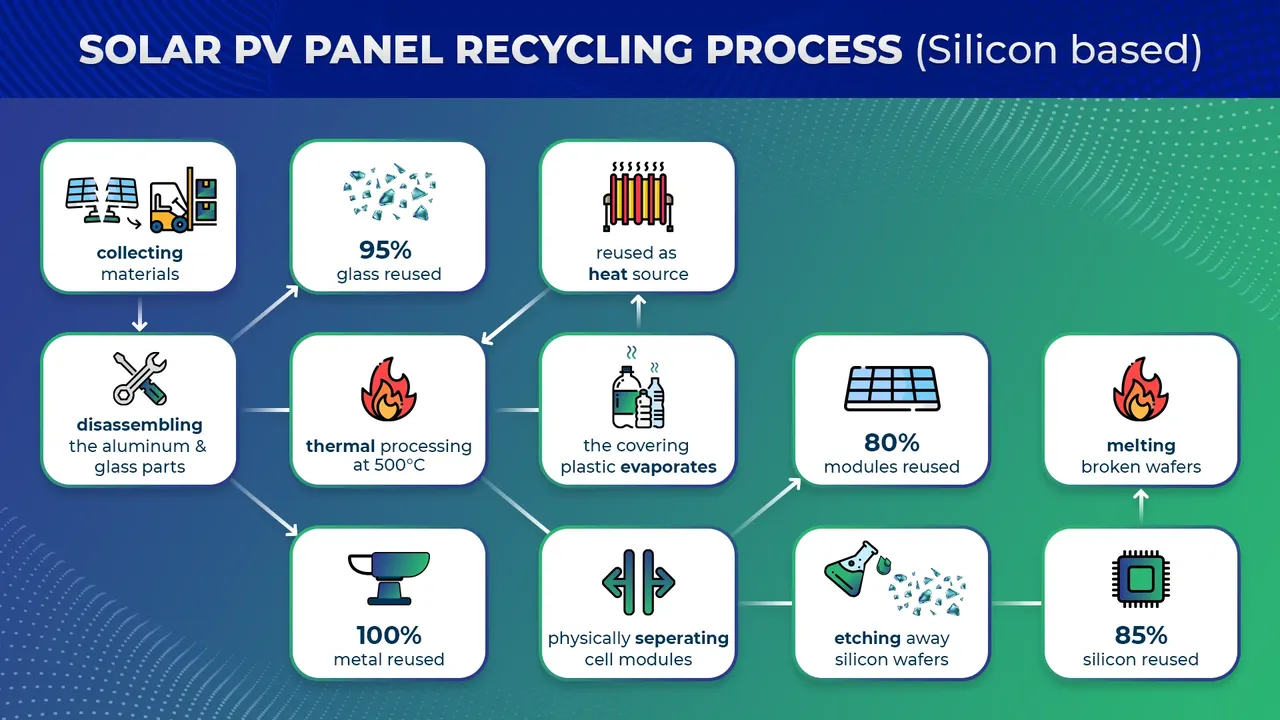How Much Do Solar Panels Cost in 2024? A Complete Guide

Solar Panel Costs 2024 Understanding the Basics
So, you're thinking about going solar? Awesome! One of the first things everyone wants to know is, "How much is this gonna cost me?" And that's a totally valid question. The price of solar panels can seem like a moving target, but we're here to break it all down for you in plain English. We'll cover everything from the initial investment to the long-term savings, and even throw in some product recommendations to get you started.
First things first, let's talk about the big picture. Solar panel costs are typically measured in dollars per watt ($/W). This is the price you pay for each watt of electricity your solar panels can produce under ideal conditions. In 2024, the average cost of solar panels in the US ranges from $2.50 to $3.50 per watt before any incentives or tax credits. Keep in mind, this is just the panel itself. You also have to factor in installation costs, which can vary widely depending on where you live and the complexity of the installation.
For a typical residential solar system (around 6kW), you're looking at a total cost of $15,000 to $21,000 before incentives. That might sound like a lot, but stick with us! We'll show you how to significantly reduce that cost.
Key Factors Influencing Solar Panel System Price
Okay, so what makes the price of a solar panel system fluctuate? Several factors come into play:
- Panel Type: Different types of solar panels (monocrystalline, polycrystalline, thin-film) have different efficiencies and manufacturing costs. Monocrystalline panels are generally more efficient (meaning they produce more power from the same amount of sunlight) but are also more expensive. Polycrystalline panels are a bit less efficient but more affordable. Thin-film panels are the least efficient and cheapest, but often require more space.
- Installation Complexity: A simple roof-mounted system is going to be cheaper than a ground-mounted system or one that requires significant roof modifications. The more complex the installation, the more labor and materials are needed.
- Inverter Type: Inverters convert the DC electricity produced by solar panels into AC electricity that you can use in your home. There are two main types: string inverters and microinverters. String inverters are cheaper but less efficient and can be affected by shading. Microinverters are more expensive but more efficient and allow each panel to operate independently.
- Location: Labor costs, permitting fees, and local regulations can vary significantly from state to state and even city to city. Areas with more sunshine may also have higher demand, driving up prices slightly.
- Installer: Different solar installers have different pricing structures. It's always a good idea to get quotes from multiple installers to compare prices and services.
- Equipment Quality: Just like anything else, you get what you pay for. Higher quality panels and inverters will typically cost more upfront, but they also last longer and perform better over time.
Monocrystalline vs Polycrystalline vs Thin-Film Solar Panel Comparison
Let's dive a little deeper into the different types of solar panels:
- Monocrystalline: These panels are made from a single crystal of silicon. They are the most efficient, have a sleek black appearance, and are generally the most durable. They're a great choice if you have limited roof space or want the best possible performance. Think of brands like SunPower and LG (though LG exited the solar panel business in 2022, their panels are still available through some installers).
- Polycrystalline: These panels are made from multiple silicon crystals. They are less efficient than monocrystalline panels and have a bluish, speckled appearance. They're a good option if you're on a tighter budget. Brands like Canadian Solar and Jinko Solar are known for their polycrystalline panels.
- Thin-Film: These panels are made by depositing a thin layer of semiconductor material onto a substrate. They are the least efficient and often require more space. However, they are flexible and can be used in unconventional applications. Thin-film panels are often used in large-scale solar farms. First Solar is a major manufacturer of thin-film solar panels.
Solar Inverter Options String Inverters vs Microinverters
Choosing the right inverter is crucial for maximizing the performance of your solar system:
- String Inverters: These inverters connect all the solar panels in a "string" to a single inverter. They are the most common and affordable type. However, if one panel in the string is shaded, the performance of the entire string can be affected. They are best suited for installations with minimal shading and consistent sunlight. SMA and Fronius are popular string inverter brands.
- Microinverters: These inverters are installed on each individual solar panel. They convert the DC electricity to AC electricity right at the panel. This allows each panel to operate independently, maximizing performance even in shaded conditions. They are more expensive than string inverters but offer greater flexibility and efficiency. Enphase Energy is the leading manufacturer of microinverters.
Solar Panel Product Recommendations and Pricing in 2024
Alright, let's get into some specific product recommendations and pricing. Keep in mind that prices can vary depending on your location and installer.
- SunPower Maxeon 6: (Monocrystalline) These are some of the most efficient and durable solar panels on the market. They come with a 25-year warranty and are known for their exceptional performance. Expect to pay around $3.50 - $4.50 per watt for these panels. Ideal for homeowners who want the best possible performance and longevity.
- REC Alpha Series: (Monocrystalline) Another top-tier panel with excellent efficiency and a 25-year warranty. They are a great alternative to SunPower and offer similar performance at a slightly lower price point. Expect to pay around $3.20 - $4.00 per watt. Good for homeowners who want high performance at a slightly better price point.
- Canadian Solar HiKu6: (Polycrystalline) These panels offer a good balance of performance and affordability. They are a popular choice for homeowners on a budget. Expect to pay around $2.50 - $3.00 per watt. A solid choice for budget-conscious homeowners.
- Enphase IQ8 Microinverters: These microinverters are known for their reliability and performance. They allow each panel to operate independently, maximizing energy production. Expect to pay around $200 - $250 per microinverter. Essential for systems with shading or complex rooflines.
Solar Panel Installation Costs and Labor Fees
The cost of installing solar panels can vary widely depending on the complexity of the installation. Here's a breakdown of what you can expect:
- Permitting Fees: These fees are charged by your local government to obtain the necessary permits for your solar installation. They can range from a few hundred dollars to over a thousand dollars.
- Labor Costs: Labor costs typically account for a significant portion of the total installation cost. They will depend on the size of the system, the complexity of the installation, and the local labor rates. Expect to pay around $0.75 - $1.50 per watt for labor.
- Equipment Costs: This includes the cost of the racking system, wiring, conduit, and other materials needed for the installation.
Government Incentives and Tax Credits for Solar Panels
One of the best ways to reduce the cost of solar panels is to take advantage of government incentives and tax credits. The most significant incentive is the Federal Solar Tax Credit, which currently allows you to deduct 30% of the cost of your solar system from your federal taxes. This is a huge savings! Many states and local governments also offer additional incentives, such as rebates, tax credits, and grants. Be sure to check with your local utility company and state energy office to see what incentives are available in your area.
Long-Term Savings with Solar Panels
While the initial investment in solar panels can seem daunting, it's important to remember that they can save you money in the long run. By generating your own electricity, you can significantly reduce or even eliminate your monthly electricity bill. Over the lifetime of your solar system (typically 25-30 years), you can save thousands of dollars. The exact amount you save will depend on your electricity usage, the size of your solar system, and the local electricity rates.
Solar Panel Maintenance Tips for Optimal Performance
Solar panels are relatively low-maintenance, but there are a few things you can do to keep them performing at their best:
- Keep them clean: Dust, dirt, and debris can accumulate on your solar panels and reduce their efficiency. You can clean them yourself with a soft brush and water, or you can hire a professional cleaning service.
- Monitor their performance: Most solar inverters come with monitoring systems that allow you to track the performance of your solar panels. If you notice a significant drop in performance, contact your installer.
- Trim trees: If trees are shading your solar panels, trim them back to allow more sunlight to reach the panels.
Is Solar Right for You? Factors to Consider Before Investing
Solar panels are a great investment for many homeowners, but they're not right for everyone. Here are a few factors to consider before making the leap:
- Your roof: Your roof needs to be in good condition and have enough space to accommodate the solar panels. It also needs to face south (in the northern hemisphere) to maximize sunlight exposure.
- Your electricity usage: Solar panels are most beneficial if you have high electricity usage.
- Your budget: Solar panels are a significant investment, so you need to be able to afford the upfront cost.
- Your location: Solar panels are more effective in areas with plenty of sunshine.
Finding a Reputable Solar Panel Installer Near You
Choosing the right solar panel installer is crucial for a successful installation. Here are a few tips for finding a reputable installer:
- Get multiple quotes: Get quotes from at least three different installers to compare prices and services.
- Check their credentials: Make sure the installer is licensed and insured.
- Read reviews: Read online reviews to see what other customers have to say about the installer.
- Ask for references: Ask the installer for references and contact them to see what their experience was like.
:max_bytes(150000):strip_icc()/277019-baked-pork-chops-with-cream-of-mushroom-soup-DDMFS-beauty-4x3-BG-7505-5762b731cf30447d9cbbbbbf387beafa.jpg)





